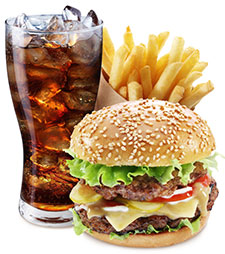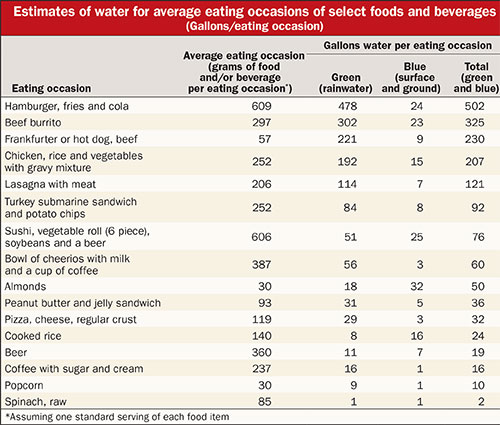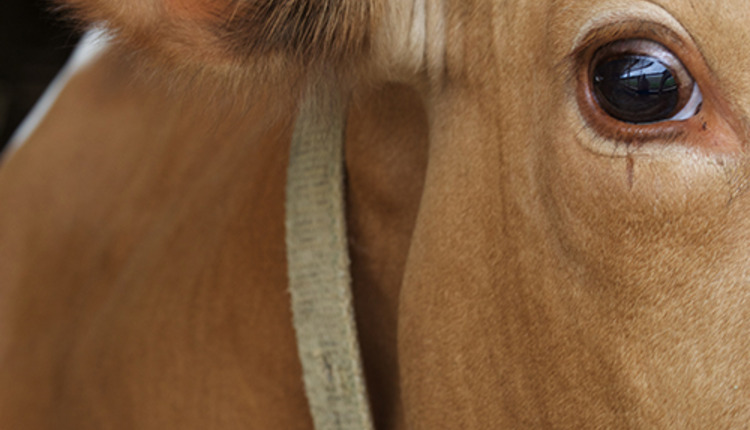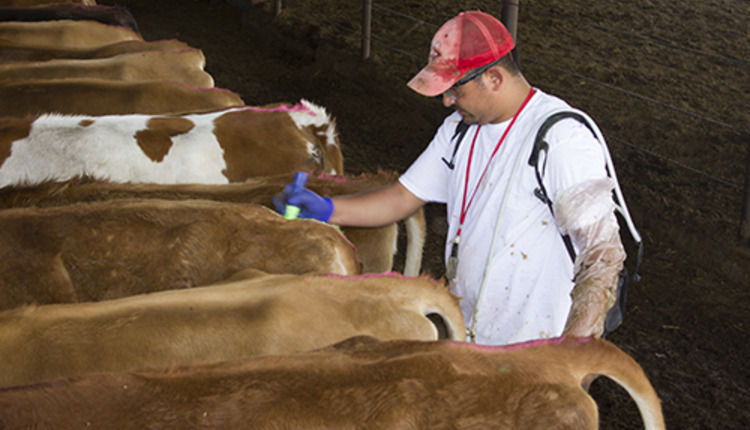 At most fast-food restaurants, a hamburger, fries and a coke are standard lunchtime fare. Over 500 gallons of water are required to fulfill that order.
At most fast-food restaurants, a hamburger, fries and a coke are standard lunchtime fare. Over 500 gallons of water are required to fulfill that order. What's more, it takes 1,326 gallons of water to grow the food an average American eats each day.
Worldwide, nine of the 10 gallons of water you'll use today are attributable to the consumption of food, noted Tim Johnson, president of the California Rice Commission, in a recent Sacramento Bee article.
The study, commissioned by the California Rice Commission, sheds light on just how much water is captured in the food consumed by an average American each day.
At 375 gallons per person per day, beef has the largest water footprint. This is due to the water footprint of animal feed and Americans' high consumption of this commodity. Sweeteners (209 gallons) are a distant second.
The water footprints of other commodities are shown in the figure below. The footprint estimate is a combination of the volume of the commodity consumed by the U.S. population and its water footprint.

The water footprint of a typical meal is summarized in the table.

In recent years, water use has been portrayed as "good" versus "bad." Beef and almonds, with their extensive water requirements, are often depicted poorly. Vegetables, which require much less water to reach maturity, are viewed favorably.
Because of its water use, blame for the California drought is often laid at the foot of farms and the crops they grow. But since the water used on farms grows food, aren't all of us who eat beneficiaries?
(c) Hoard's Dairyman Intel 2015
September 28, 2015








